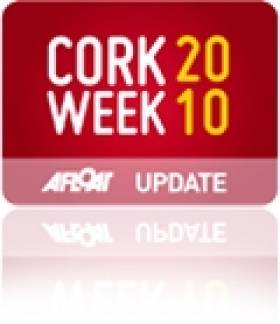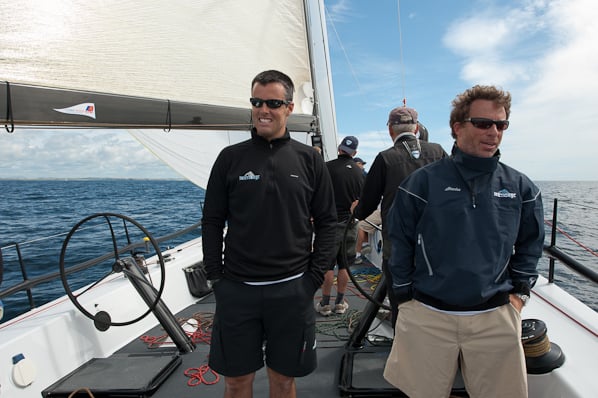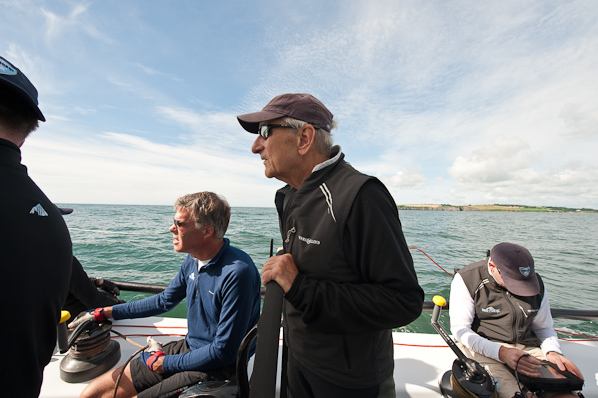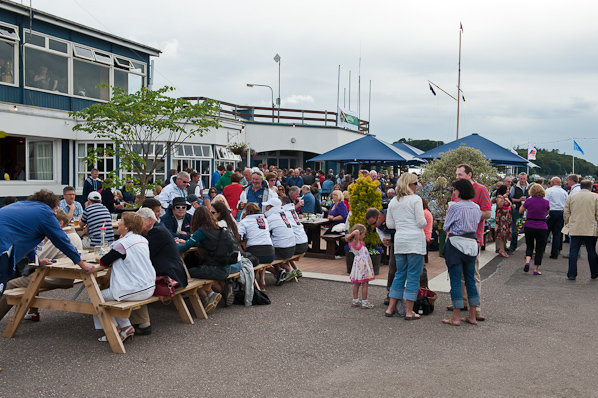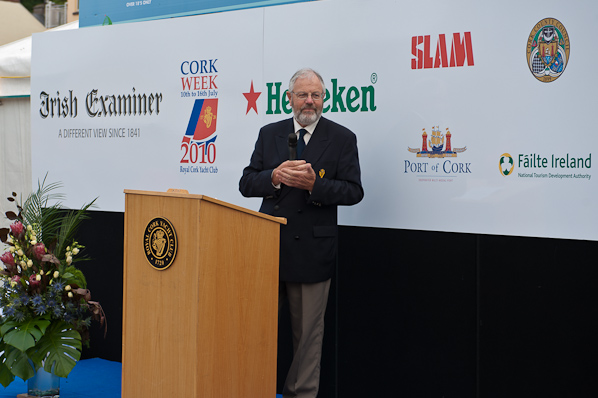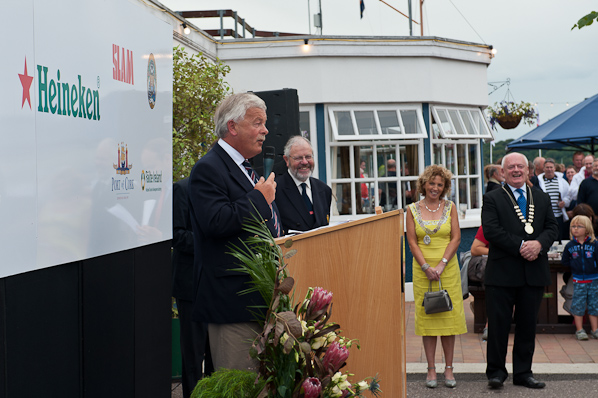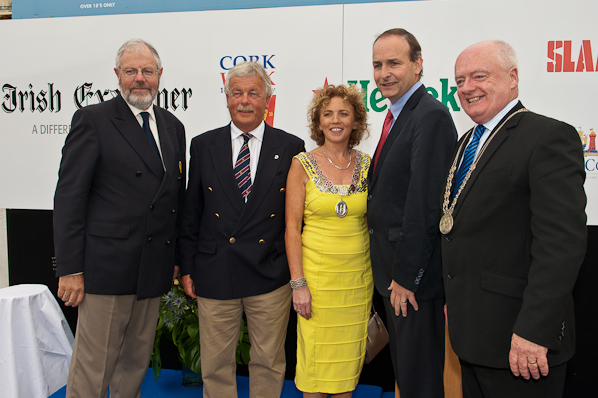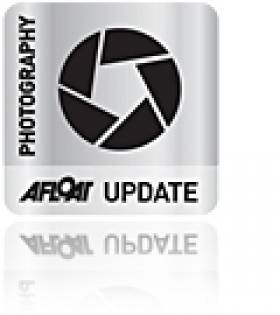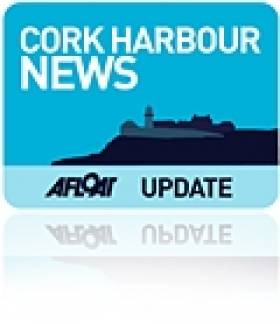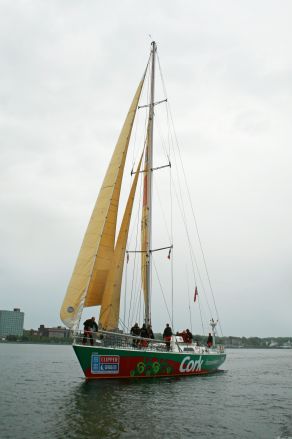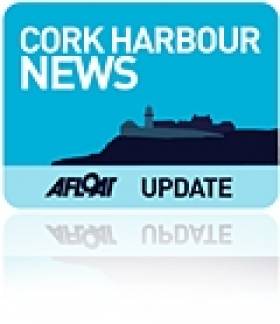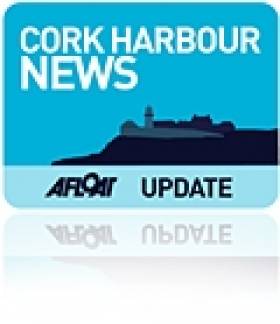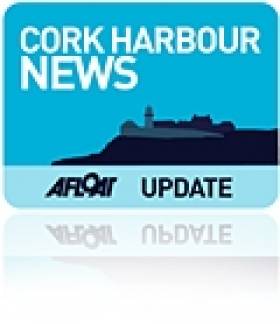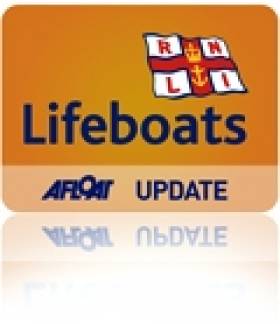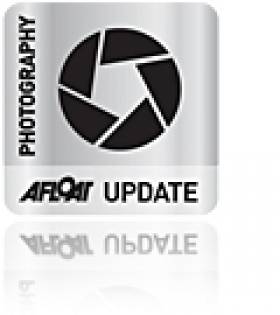Towards the end of 2009, the Port of Cork implemented a Leisure and Recreation Strategy for Cork Harbour. The primary focus of the strategy is on water based Leisure and Recreation activities in and around Cork Harbour in which the Port of Cork aims to play a leading role in providing and supporting improvements of amenities in these areas. Consultation with community groups, water related clubs, statutory bodies and other interested parties will be an important feature of giving life to this strategy in the future.
In early 2010 the Port of Cork was approached by the Clipper Round the World race organising committee and asked to investigate the opportunity of the Clipper fleet coming up to Cork City Quays. With no suitable facilities available at the time, the Port of Cork quickly saw the opportunity to advance a key aspect of the leisure strategy and to provide marina facilities in the heart of Cork City.
The Port of Cork decided that the investment should be made and the project should proceed. Cork City Council supported the project with some grant aid.
Dermot O’Mahoney, Port of Cork Chairman said: ‘The Port of Cork City Marina is a long term investment for the City of Cork which will be widely used. We look forward to welcoming the Cork boat and the other Clipper boats to Cork next month and I am sure they will be given a true Cork welcome!’
He continued: ‘As a goodwill gesture, the Port of Cork is offering the 100 metre Port of Cork City Marina free of charge to all users until 12th of July. Thereafter there will be an overnight charge however day time visits will remain free.’
Operating guidelines and charges are on the Port of Cork website www.portofcork.ie
The Marina will also enable the Port of Cork Company to offer Cruise Companies the opportunity of tendering their passengers from Cobh to Cork City by boat. This year the Port will welcome 53 cruise vessels with over 100,000 passengers and crew with an estimated contribution of €40.9M to the City and region.
Port Management are actively promoting the region for 2011 and 2012 and so far 43 are scheduled to call in 2011.
Next weekend, Kinsale Yacht Club will be using the marina for their annual ‘Cruise in Company’ weekend. The Port of Cork looks forward to welcoming Kinsale Yacht Club to the new marina and hopes that other sailing clubs and rowing clubs around the harbour will use the Port of Cork City Marina.
Cork Harbour offers significant potential for further development of the marine recreation sector as an important source of enjoyment and economic gain for the local residents and visitors. The Port of Cork, primarily providing commercial services to its customers, is conscious of its responsibility to all other stakeholders in Cork Harbour.
In Cork, the world’s second largest natural harbour, it is critically important for both commercial and leisure to work together in harmony. The Port of Cork is committed to achieving this while also respecting the principles of environmental sustainability and corporate social responsibility.

Minister Micheal Martin and Donal O'Mahoney, Port of Cork Chairman, pictured at the official opening of the new marina in glorious sunshine in Cork city yesterday.
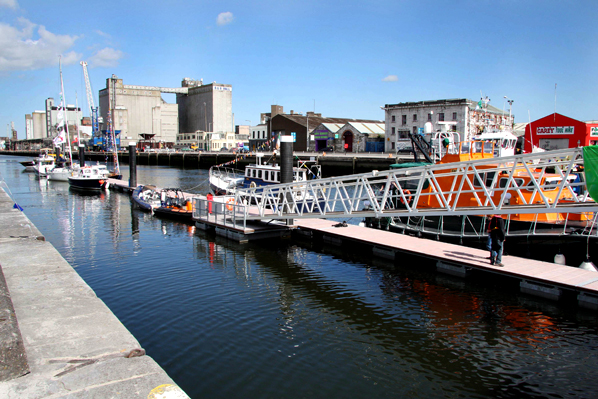
The new Port of Cork City Marina.
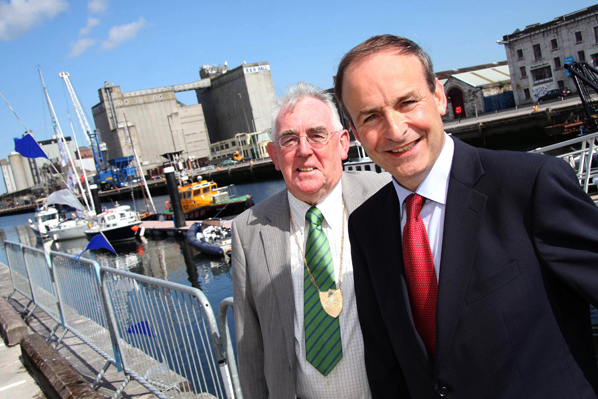
Minister Micheal Martin and Donal O'Mahoney, Port of Cork Chairman, pictured at the official opening of the new marina in glorious sunshine in Cork city yesterday.
picture Diane Cusack GMC Photography


























